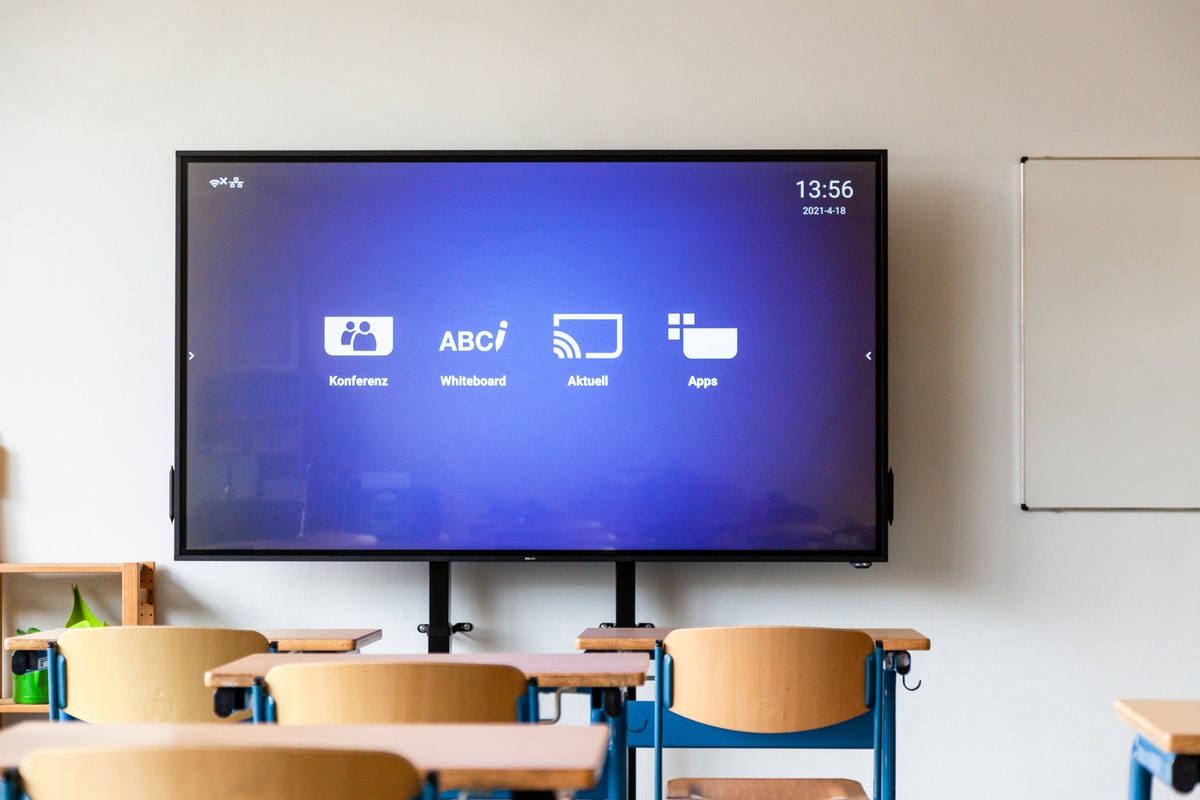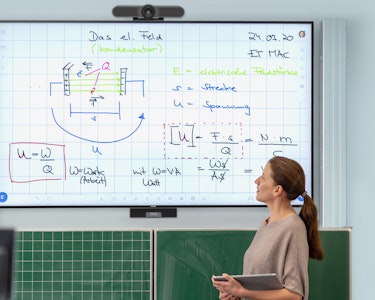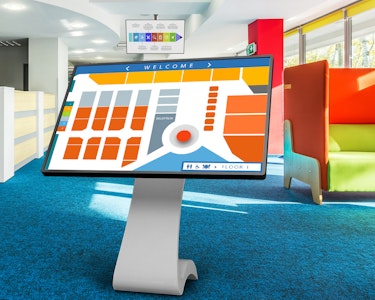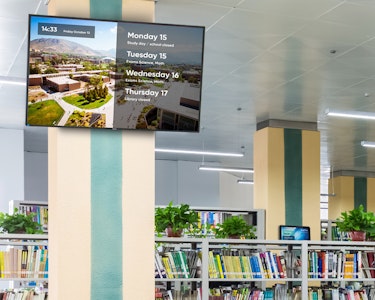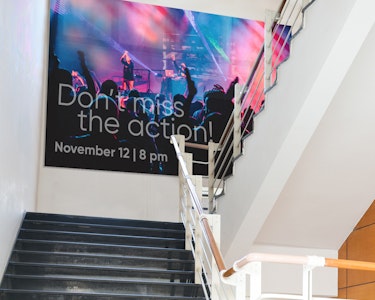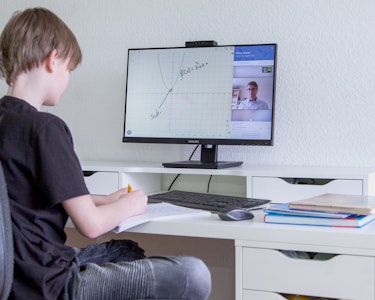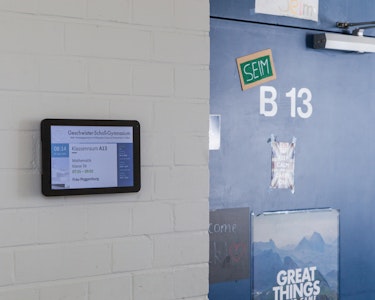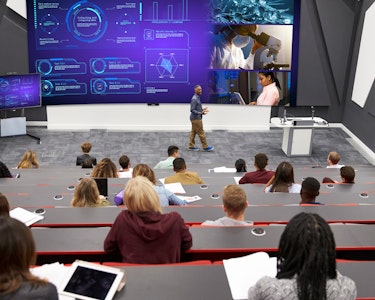Selling into schools: Going in pitch perfect
Selling into schools. Wherever you are in the world, this has been, for many, a stimulating challenge. With a wide variety of stakeholders to get on side – from governing bodies and governors, head teachers through to heads of IT, teachers, students and, of course, parents and guardians – making sure you have a winning product is just the start of what is certainly a complex conundrum.
And now, in an era when lockdowns may be finished but caution around visitors on site is still wise, making sales in education has perhaps never been harder.
Teachers can be resistant to changing their set ways of doing things, and rightly so. They are busy people – always learning ready to pass that on to the new generation, changing the way that learning is disseminated can seem like a hassle. It can also provide great benefits, though, so getting past that initial reluctance is key.
Learn about your leads
When it comes to education sales, more often than not the people who will be using your displays aren’t necessarily the ones who will make the procurement decisions. To sell successfully, you need to have all stakeholders on side, defining clear benefits to the education establishment as a whole, to the management team, including governors, to the IT team, and to the teaching staff and students.
Find the unique angles
It’s also important to understand the unique circumstances and requirements of each school and in every area. Research is key here to finding out the local demographics, how the school’s current technology compares with other establishments in the vicinity and what aspirations might be at play. Work out how budgets are allocated and what local funding might be available. Who in the school makes the decisions on ed tech? And what challenges is the school facing right now? For instance, has the pandemic changed the needs of the school? How can AV and IT support those?
Once you know all of this you can work out who will champion your product and get the benefits across to them, giving them the tools to put the unique selling points to each of the other stakeholders at the school. Remember, at a time when physical visits to campus may not be possible, case studies of other integrations – such as the Geschwister-Scholl-Gymnasium – can provide confidence in a product and your installation experience.
Sell in your value
Highlighting the benefits of your product will depend on the audience you are talking to, but in working out your sales pitch, you will need to establish:
How does it help educators in the classroom or lecture theatre?
What benefits does it bring for the students?
How can parents be confident their children have future proofed tech?
What is the cost of ownership and are there any savings, for instance with integrated software?
What is the return on investment?
Show, don’t tell
When talking about your product, show its full potential, rather than just talking about it. With Philips education displays, such as the T-Line interactive touch screen, this is even more possible, as you could conduct your virtual sales meeting from your T-Line display to show the advanced video conferencing benefits first hand.
Offer training for teachers and staff
To help teachers really embrace a new technology, training is key. i3 LearnHub is ready integrated into the Philips T-Line and training is readily available for new users. What’s more, with Philips professional displays, the support team from PPDS is always on hand to help with technical questions.

